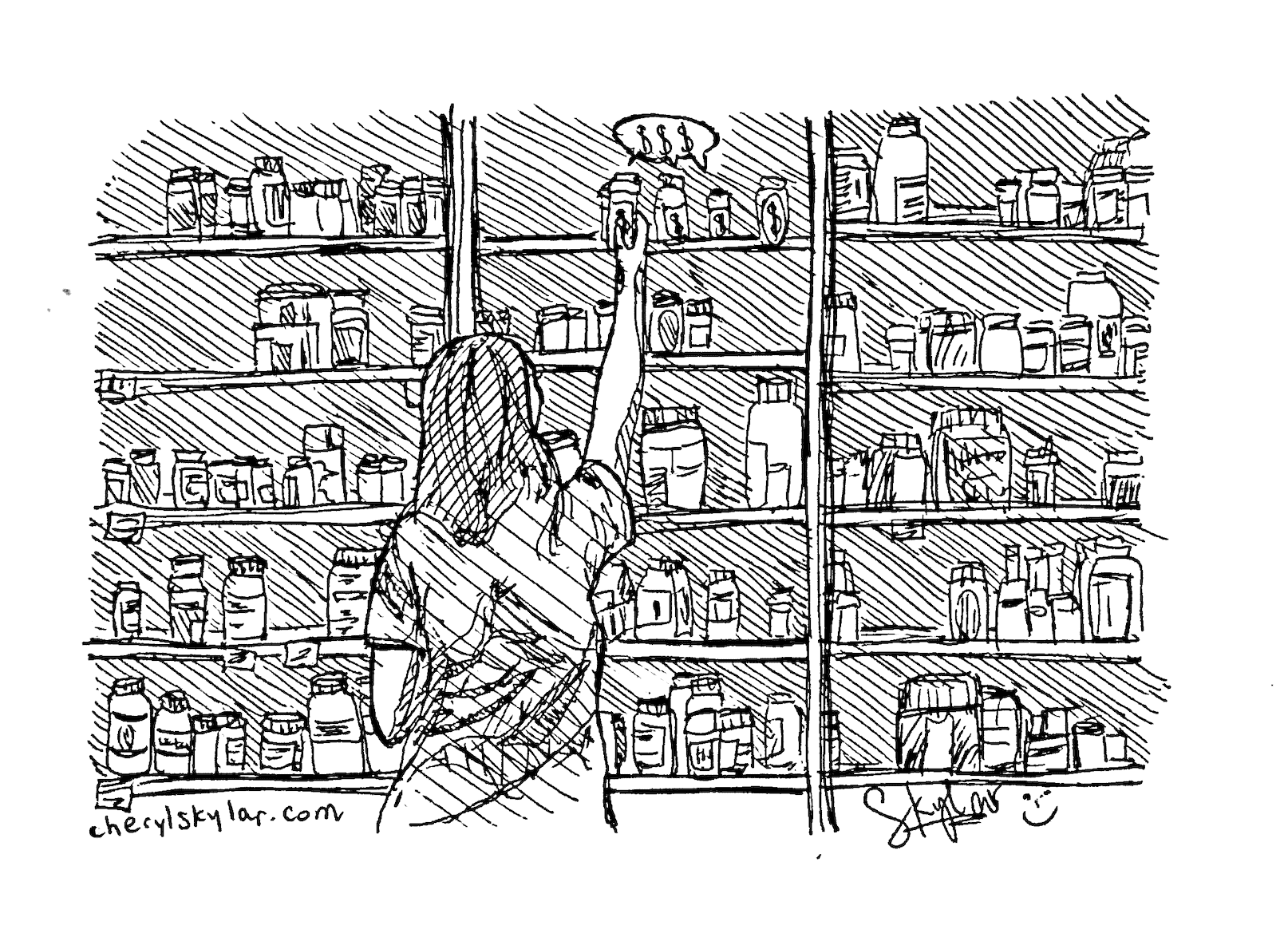The dark side of drug pricing was thrust into the news in early February when CWC Pharmacies (Ontario) Ltd., the operator of a number of Costco pharmacies in Ontario, was fined $7.25 million CAD for accepting rebates from generic drug companies.
Rebates are discounts or kickbacks that manufacturers give to pharmacies that serve as incentives to fill their shelves with certain brands of generic drugs over others. While they can take the form of currency, they can also be exchanged as discounts, refunds, trips, free goods, or any other benefits.
“Each company wants to get their drugs to be the one that the pharmacist chooses,” explained Dr. Joel Lexchin, Associate Professor in UofT’s Department of Family & Community Medicine, in an interview with The Varsity. “The drug may list at a dollar-a-pill, but drug companies will say, ‘We will give a discount or a rebate to the pharmacist.’ So the pharmacist pays them a dollar-a-pill, [and] the drug company gives back 20 cents as an incentive for the pharmacy to use their particular generic version.”
This process doesn’t involve the patient directly losing money, but the savings are not passed onto the patient as they should be. In the case of publicly-funded pharmaceuticals, this ultimately hurts taxpayers.
Drug laws concerning rebates are specific to each province. According to the Ontario Drug Benefit Act and the Drug Interchangeability and Dispensing Fee Act, it is illegal for pharmacies to accept rebates from drug manufacturers.
Rising prices
In their 2017 “Health at a Glance” report, the multinational Organisation for Economic Co-operation and Development (OECD) found that in 2015. Canadians paid $756 USD per capita for pharmaceuticals, far above the average of $553 USD per capita for other OECD countries. The Canadian Institute for Health Information (CIHI) forecasted that in 2017, pharmaceutical spending for Canadians would rise to $1,086 CAD per capita — around $840 USD at the time — or roughly $39.8 billion — around $30 billion USD — in total.
Rising costs have forced patients to make adjustments to afford their medication. A 2018 study from the University of British Columbia found that approximately 2.5 per cent of Canadians, or 731,000 people, were borrowing money to pay for prescription drugs in 2015. This group consists of young adults, people in poorer health, and individuals without prescription drug insurance. In 2016, Canadian public health researchers found that 5.5 per cent of Canadians were not able to fulfil at least one of their prescriptions due to cost.
Every year, the financial barriers preventing Canadian patients from taking their medication are responsible for up to 640 deaths due to ischemic heart disease and up to 420 premature deaths of working-age Canadians with diabetes.
Branding
So how do drug prices become so high?
The Patented Medicine Prices Review Board (PMPRB) assesses the initial pricing of name brand drugs by comparing them to average prices in other countries, noting potential excessive pricing according to the Excessive Price Guidelines. Since 1993, the PMPRB has recovered $195 million CAD in excess revenues. However, the PMPRB cannot guarantee the control of the prices charged by drug wholesalers or pharmacies, but reviews patentees’ changes to regulate reduction in pricing and excess revenues.
“The price of the [name brand] drug is set based on what the company thinks the market will pay and that varies depending on what the illness is,” explained Lexchin. “How much are you willing to pay for a drug that will help relieve your sore throat that you will have for a week? Well maybe you’ll pay 50 cents or a dollar-a-pill… On the other hand, if you’re told that you have a cancer that is going to kill you in six months and we have a drug now that’s going to double your life expectancy, you’re going to be willing to pay more than 50 cents or a dollar. And companies take advantage of that and that’s primarily how they set their price.”
Name brand drugs act as a price ceiling for generic drugs. Patents protect name brand drugs from competition for the first 12–13 years that they are on the market. Once the patent expires, companies can release their own generic versions for a fraction of the cost. Thus, in order to bring down the cost of generics, the price of name brand drugs must first be lowered.
From 2015–2016, patented drug sales increased $400 million CAD from $15.1 billion to $15.5 billion. Although patented drugs only accounted for 27.6 percent of the drug costs in 2016, they accounted for 74.7 percent of total expenditures. Of the $756 USD per capita spending in 2015, approximately $330 USD was spent on patented drugs.
What can be done about this?
Widespread federal coverage is one of many drug reforms ideas that Lexchin and other professionals have advocated for to reduce the grip of drug companies on consumers.
Lexchin explained that through a Canada-wide drug plan, the nation would wield more bargaining power with pharmaceutical corporations than any single individual could. With a single government buyer controlling the market, name brand drug companies would be forced to lower their prices or risk losing out on a substantial portion of Canadian consumers.
However, in 2015, only 36 per cent of drugs were covered by the Canadian government, compared to other OECD countries such as Germany and Luxembourg where at least 80 per cent of pharmaceuticals were covered.
Lexchin also described a need for greater public scrutiny of the pharmaceutical industry.
For instance, the Open Pharma campaign is a movement led by resident physician Dr. Andrew Boozary advocating transparency regarding transactions between drug makers and healthcare professionals. Open Pharma focuses on the endorsement of drugs and other influential behaviours by the pharmaceutical industry.
But until drug reforms are implemented, pharmaceutical companies will continue to reap benefits at the expense of patients and taxpayers.


